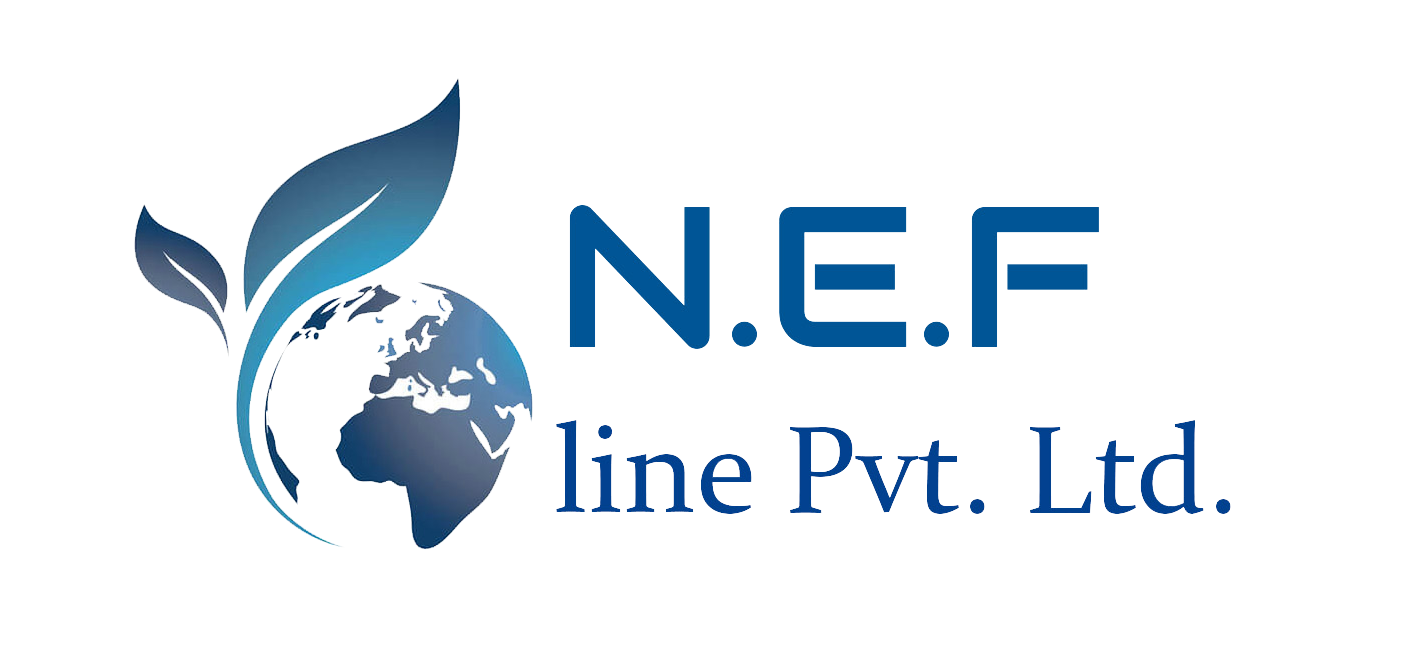
Kathmandu, 25 Nov – The investment modality (structure) for the 1,200-megawatt Budhigandaki reservoir-based and 1,063-megawatt Upper Arun semi-reservoir-based hydropower projects has been finalized.
Both hydropower projects are planned to be built with domestic investment according to the prepared investment modality.
Minister for Energy, Water Resources and Irrigation; Physical Infrastructure and Transport; and Urban Development, Kulman Ghising, has reviewed the proposed investment modality—prepared along with the financial analysis of both projects—and has instructed that it be submitted for the necessary approvals.
He stated that since both projects had remained only subjects of discussion for a long time, it is now necessary to finalize the investment modality and move them toward construction.
It has been proposed to raise investment for the projects by issuing shares of the Nepal Electricity Authority, issuing energy bonds, taking loans from banks and financial institutions, providing concessional loans from the government, utilizing funds collected from the infrastructure tax levied on petroleum products, and issuing shares to Nepalis working abroad, non-resident Nepalis, and the general public.
Investment Modality of the Budhigandaki Reservoir-Based Hydropower Project
The base cost of the Budhigandaki reservoir-based hydropower project, which will be constructed in Dhading and Gorkha, is 2.77 billion dollars (approximately 374 billion rupees).
The construction period of the project is eight years. Including the interest during construction—amounting to 32 billion rupees—the total cost of the project stands at 406 billion rupees. Based on the total cost including construction-period interest, the modality has been prepared with a debt-to-equity ratio of 70 to 30 percent. In the promoter company, Budhigandaki Company Limited, the Government of Nepal will hold 80 percent of the shares, while the Nepal Electricity Authority will hold the remaining 20 percent.
After the project is completed or reaches its final stage of construction, it has been proposed that, considering the actual financial indicators and based on suitability and feasibility, a certain percentage of shares may be issued to the general public. This would help reduce the debt burden or allow the government to restructure its shareholding.
The government’s investment in the project will total 248.47 billion rupees—97.47 billion rupees as equity and 150 billion rupees as concessional loans. It has been proposed that the 45 billion rupees already spent by the government on the project be converted into share investment in the company.
It has been proposed that the government also invest in the project the amount collected as customs and value-added tax during the construction of the project. Additionally, it has been proposed to allocate 50 percent of the infrastructure tax levied at the customs point on petroleum imports for investment in the project.
After accounting for the investment made so far, the government’s investment in the project, amounting to 228 billion rupees, must be ensured. The Nepal Electricity Authority will invest 24.37 billion rupees as equity in the project. To reduce financial costs and make the project feasible, it has been proposed to issue energy bonds worth 30 billion rupees, calculated in a mandatory liquidity ratio with government facilitation. These bonds can be purchased by banks and financial institutions, insurance and reinsurance companies, and public funds. A loan of 104 billion rupees will flow from banks and financial institutions. It has been proposed to raise funds through co-financing from the Employees’ Provident Fund, Citizens Investment Trust, Social Security Fund, insurance and reinsurance companies, HIDCL, Nepal Telecom, and commercial banks.
The project is expected to generate 338 million units of electricity—141 million units in the dry season and 197 million units in the rainy season. The proposed electricity purchase rates are 12.40 rupees per unit for the dry season and 7.10 rupees per unit for the rainy season. Once electricity generation from the project begins, it is expected to generate an annual revenue of 3.148 billion rupees. It has been proposed that the electricity generation license for the project be valid for 50 years. If the project is completed within eight years, electricity will be produced for 42 years.
The detailed project report and tender documents for the project are in preparation. Progress in acquiring the land, considered the most complex part of the project, is about 90 percent complete. Compensation of 4.265 billion rupees has been distributed to landowners for land acquisition, structures, plants, and fruit trees. Physically and economically, the project will affect 8,117 households in Gorkha and Dhading, of which 3,560 households will be completely displaced.
Being close to major electricity load centers such as Kathmandu, Chitwan, and Pokhara, the Budhigandaki project holds strategic importance from the perspective of energy security. A 263-meter-high curved arch dam will be constructed to impound the Budhigandaki River, which flows along the boundary of Gorkha and Dhading districts. This will affect 14 former Village Development Committees (currently 4 rural municipalities and 1 municipality) in Dhading and 13 former VDCs (currently 4 rural municipalities) in Gorkha.
After the dam is constructed, the reservoir formed by the impounded water will spread over 63 square kilometers in the upper reaches. The 63-square-kilometer reservoir on the Budhigandaki will create opportunities for employment, business, tourism hubs, and fish farming, as well as benefits for the lower reaches. The maximum water level of the project will reach up to 540 meters.
Investment Modality of the Upper Arun Hydropower Project
Led by the Nepal Electricity Authority, the 1,063-megawatt Upper Arun semi-reservoir hydropower project will be constructed in Vote Khola Rural Municipality, Sankhuwasabha. The estimated cost, including interest during construction and inflation, is 1.75 billion dollars (approximately 214 billion rupees). For Upper Arun, 70 percent of the funding will come from debt and 30 percent from equity.
The 30 percent equity is considered 100 percent, of which 51 percent will be founder shares and 49 percent ordinary shares. It has been proposed that 3.667 billion rupees come from founder shareholders and 3.523 billion rupees from ordinary shareholders.









